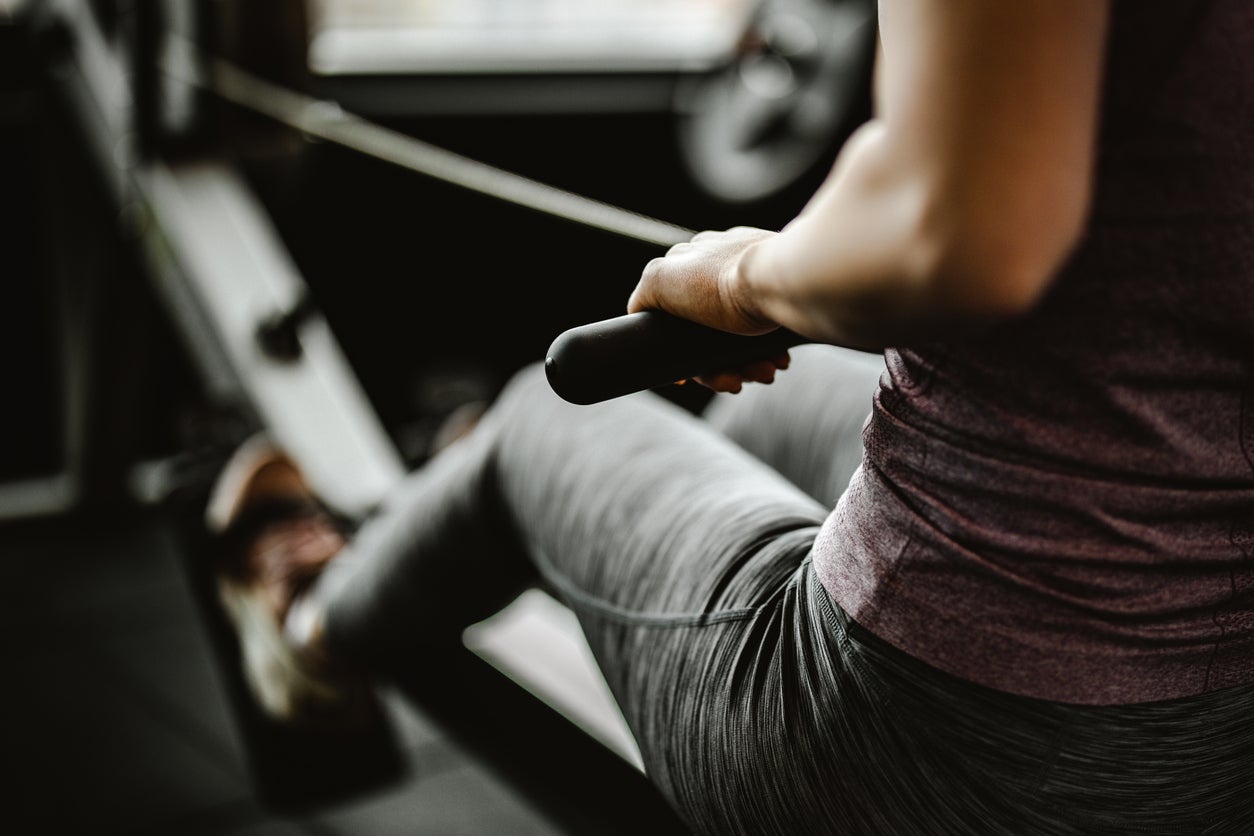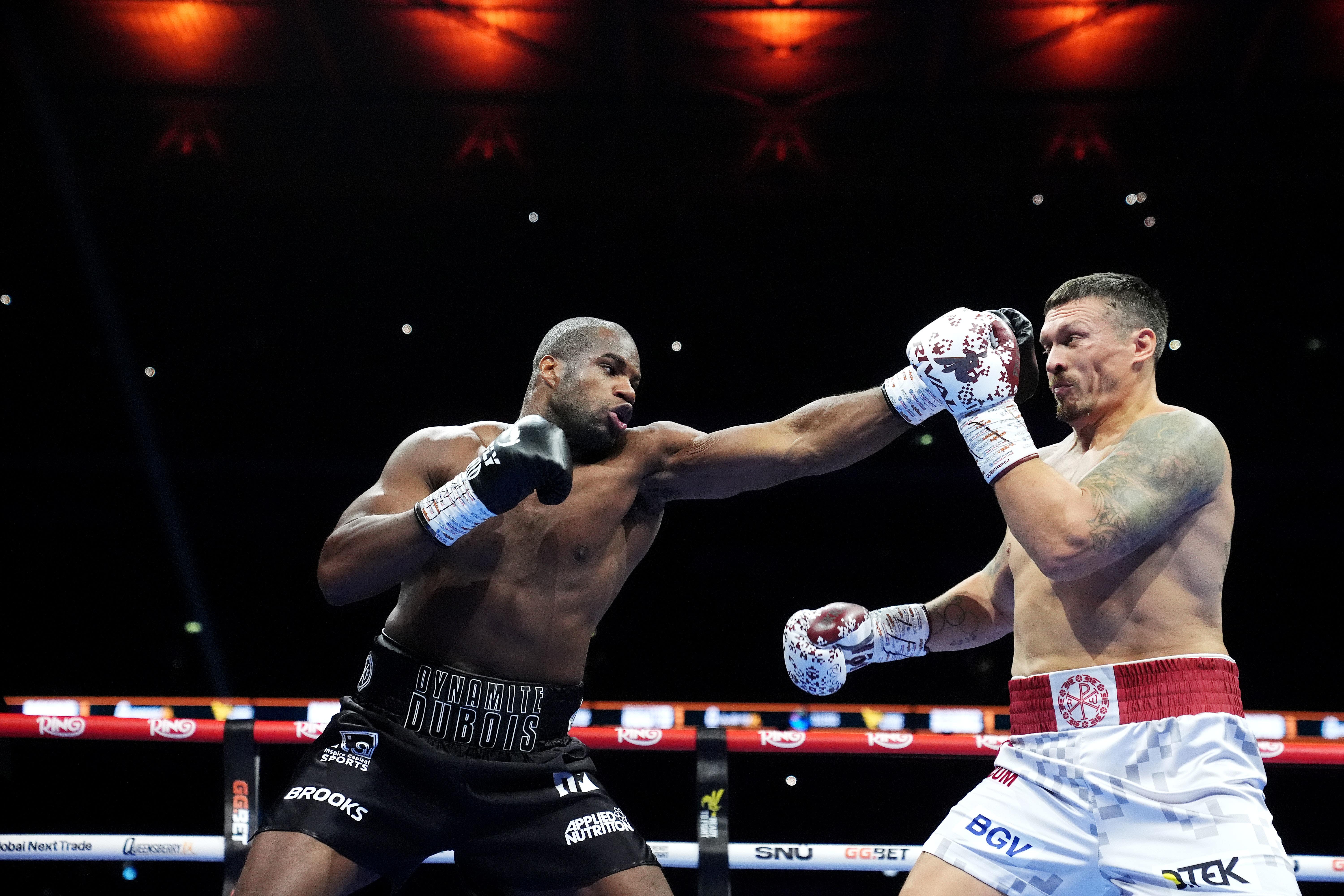Going the distance in a professional boxing match requires a supreme level of fitness. Some of this is built in the ring, but modern boxers also rely on conditioning sessions elsewhere to ensure they are fight-ready.
Lengthy steady-state runs have long been a popular option for doing this. But Dr Rhys Morris, a senior lecturer at Nottingham Trent University and strength and conditioning coach specialising in boxing, says this does not offer optimal bang for your buck, particularly if you are an amateur or part-time athlete.
“[Steady state running] has its place,” he says. “If you have a polarised athlete – i.e. boxing is high-intensity – you may want to supplement that with long, aerobic steady-state conditioning, but the volume of training needs to be through the roof.”
To achieve the desired training adaptations for a high-level athlete, Morris estimates they would need to spend eight to 10 hours per week pounding the pavement. For most people, this is not an option.
“You need to chase those low hanging pieces of fruit, and for me HIIT or sprint interval training is where you should spend most of your time if you’re a part-time athlete,” he says. “It’s about being efficient with the time you have.”
Below, Morris explains a simple yet effective protocol you can use to send your fitness levels skywards.
How to do Dr Rhys Morris’s boxing conditioning workout
Complete four rounds of the sequence below:
- Four minutes of work at roughly 85-95 per cent heart rate
- Four minutes of rest
The modality is not set in stone here. You can run, swim, cycle or complete a circuit workout, so long as the intensity meets the prescriptions throughout. “Intent” is the key, Morris says.
“The body doesn't know whether you are asking it to adapt by going on an exercise bike or running, beyond localised muscular adaptations,” he continues. “It's all about eliciting the necessary stress in those higher heart rate zones to drive the adaptation you’re chasing.”
However, he says there are factors you can use to choose an appropriate form of conditioning.
“If you're working with a fighter that is typically heavier than they should be, they may need the mechanical stress of running in order to develop a calorie deficit and make sure they're still making weight,” Morris explains.
In simple terms: Running takes more energy to do and recover from, so it can be a useful tool for weight management in athletes. Running may also take more of a toll on the body for heavyweight boxers, on account of their size.
“If you're fortunate enough that your boxer stays within the [weight] parameters that you set, off-feet conditioning is probably the best to reduce that mechanical load and stop the body from taking a pounding,” Morris adds. “It all depends on the athlete and the situation you find yourself in.”
Read more: The two exercises that give Moses Itauma ‘the edge’ over most opponents

Benefits of this workout
“This workout will provide the stimulus needed to trigger changes,” Morris says. “Nine times out of 10, what you need [in terms of fitness, as a boxer] is to increase cardiac output and mitochondrial efficiency or biogenesis.”
Cardiac output refers to the amount of blood pumped by the heart each minute – this blood provides oxygen to fuel your muscles and movements.
Mitochondrial biogenesis is the creation of new mitochondria, the powerhouse of muscle cells. Mitochondrial efficiency is the ability of these muscle cells to convert fuel into ATP, which is the body’s go-to energy currency. If you can improve in these areas, chances are it will allow you to work physically harder for longer, driving performance in a positive direction.
Read more: The best exercises for developing knockout punching power, according to leading boxing coach

How to adapt this workout to suit your fitness needs
“For this workout, you want to manipulate your work-rest ratio depending on where your boxer is in camp,” Morris says.
Four minutes of rest between rounds is a good place to start, allowing the athlete to replenish ATP stores and attack each new interval feeling fairly fresh, he explains. This means they can maintain a high intensity throughout the work periods and maximise positive training adaptations.
“As you get closer to a fight, you might want to start stressing them a bit more by reducing the rest,” Morris continues. This is closer to mimicking the format of a fight, where boxers alternate between three minutes of work and one-minute breaks.
Fights are also unpredictable with undulating intensities. For this, Morris recommends “off-rhythm conditioning”.
“With one of the boxers I work with, we might have a total block of 20 minutes of work, but within that we could go for two rounds of two minutes on, 30 seconds off, then change that to three minutes on, one minute off.
“We’re still working to the same work-rest ratio, chasing the same adaptations, but I’ll chuck in some different stimuli to keep them engaged.”
This approach also prevents accommodation, where the body grows too familiar with a certain type of training, causing training adaptations to slow.
Read more: The daily non-negotiables that transformed Conor Benn’s health and mindset in 70 days
DAZN is the home of combat sports, broadcasting over 185 fights a year from the world's best promoters, including Matchroom, Queensberry, Golden Boy, Misfits, PFL, BKFC, GLORY and more. An Annual Saver subscription is a one-off cost of £119.99 / $224.99 (for 12 months access), that's just 64p / $1.21 per fight.
There is also a Monthly Flex Pass option (cancel any time) at £24.99 / $29.99 per month. A subscription includes weekly magazine shows, comprehensive fight library, exclusive interviews, behind-the-scenes documentaries, and podcasts and vodcasts.
For pricing in your country, more information and to sign up, click here.

.jpeg)


















.jpeg)











 English (US) ·
English (US) ·